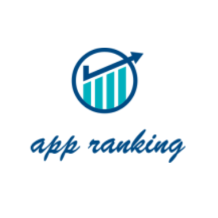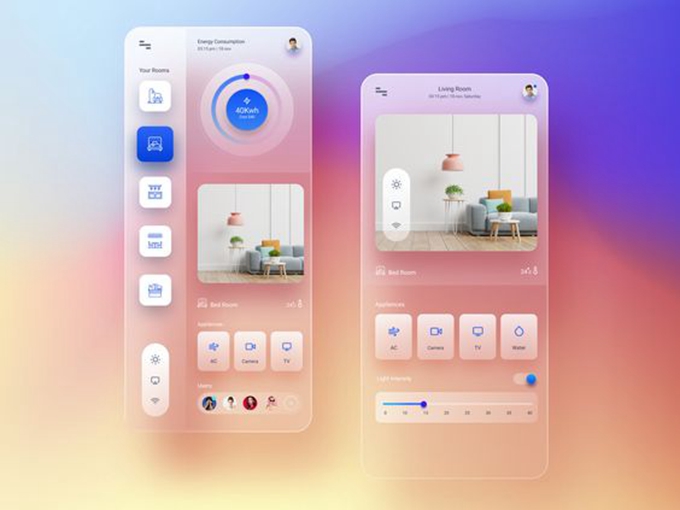Predictive app marketing is pretty powerful stuff – it allows you to, based on past user and analytics data, predict which users are likely to churn or convert in the future.
Table of Content
- ROI of Predictive App Marketing
- app ranking service
- buy app installs online
- buy app review
With those powers of prediction, you can stop those churners in their tracks and encourage converters to follow through.
That all sounds well and good, but what is the real value of being able to make such predictions?
How Do You Measure the ROI of Predictive App Marketing?
Understanding the return-on-investment of everything requires you to consider what you’re putting in (Point A), and what you’re getting out (Point B). We’ll light up the path between Point A and Point B and show you how to measure the ROI of predictive app marketing.
Let’s start with an example to make the situation a bit more approachable.
Imagine that you own or manage a free weather app that generates revenue through advertising.
Next, imagine that you have 3,800,000 new users each month, all looking to you for advice on umbrellas, sunscreen, and snow boots.
Let’s say that an average of 30% of those users churn each month. This would mean you are losing 1,140,000 users a month to churn.
Oh no! Those are some stormy clouds right there.
But what’s the real cost of that churn? Maybe those dark clouds are just passing cumulonimbi.
Well, let’s dig in and see how much that churn is costing us in revenue.
Let’s say that your average LTV of a user is $1.05.
Imagine that, with a predictive app marketing tool (maybe even one like Localytics), you can decrease churn by 6%, bringing your new churn rate to 24%. This means that you are now only losing 912,000 users a month to churn instead of 1,140,000 users a month.
This also means that you are now retaining 228,000 users per month with predictive app marketing that were previously lost to churn.
If we multiply this number of newly retained users by the average LTV, we’ll find out how much additional revenue we could make if we reduced churn by 6%.
This means that our churn has cost us $239,400 dollars in lost revenue. However, we can dig even deeper than that by considering how much money we spent to obtain those users initially.
In addition to increasing revenue by reducing churn, predictive app marketing also saves acquisition money from being wasted. Every user that churns is, in addition to revenue lost, a waste of the acquisition dollars spent to acquire the user.
Retaining these customers with predictive app marketing is more effective and cheaper than working to acquire brand new users.
To continue this concept with our example, let’s say your average cost of acquisition is $3.
That means you haven’t just missed out on $239,400 dollars in potential revenue, but you’ve also lost an additional $684,000 unnecessarily because these users could have been saved.
That $684,000 was used to acquire users who ended up churning. A bit like paying big bucks to send your kid to an ivy league school only to have him drop out to pursue his dream of becoming a pro surfer.
This means that your total money wasted is the lost revenue from churned users, plus the cost spent to acquire those churned users.
Now that you know how much you’re losing to churn, you can evaluate whether a predictive app marketing solution is worth your money. If a solution costs $20,000/month but saves you over $900,000 per month, you’re definitely way into the green zone.











